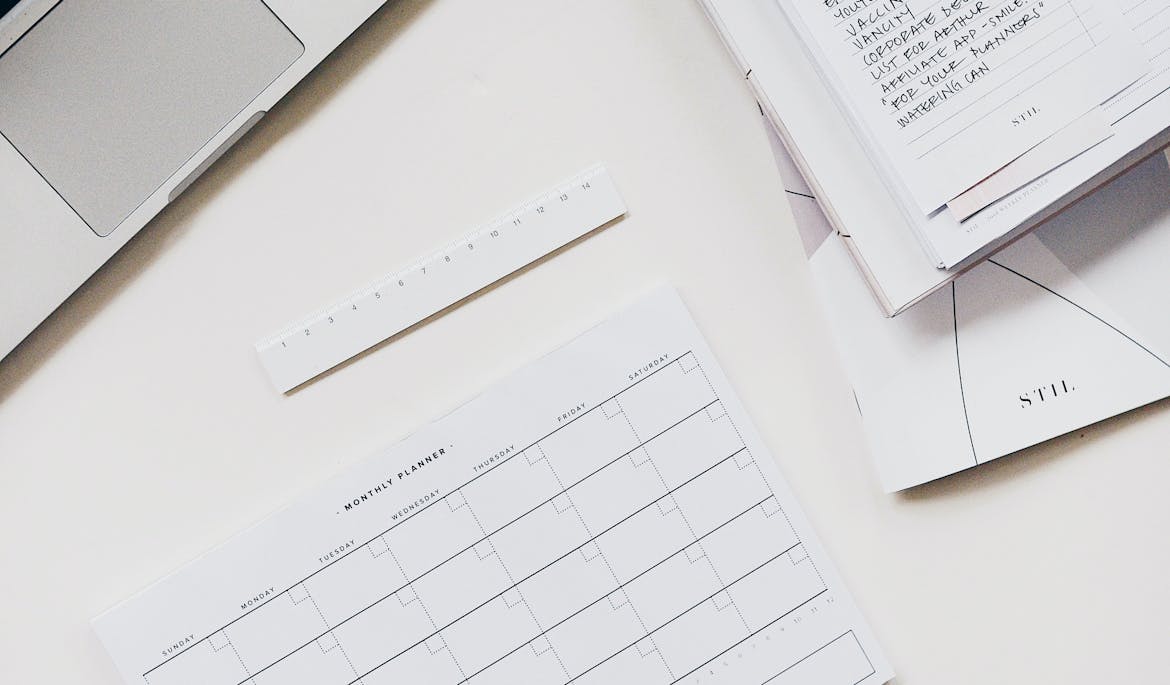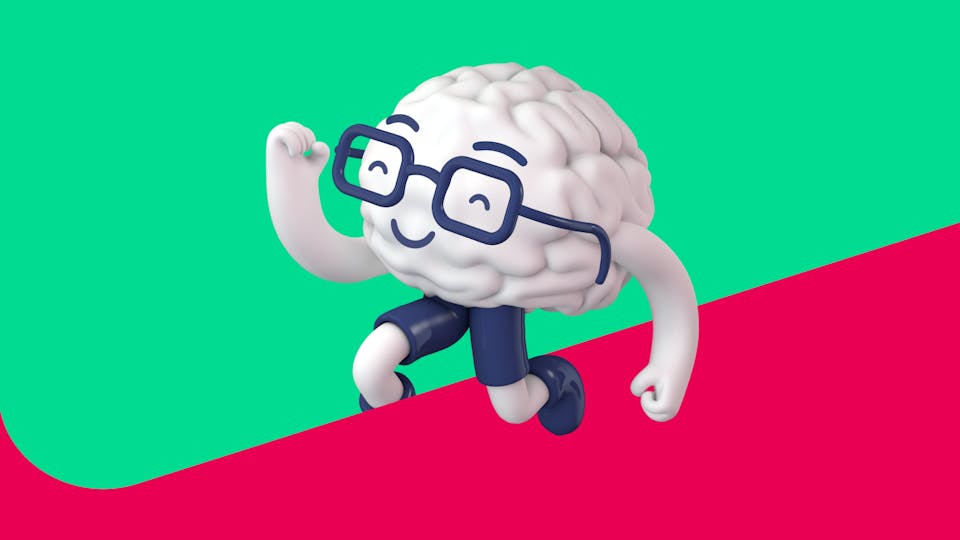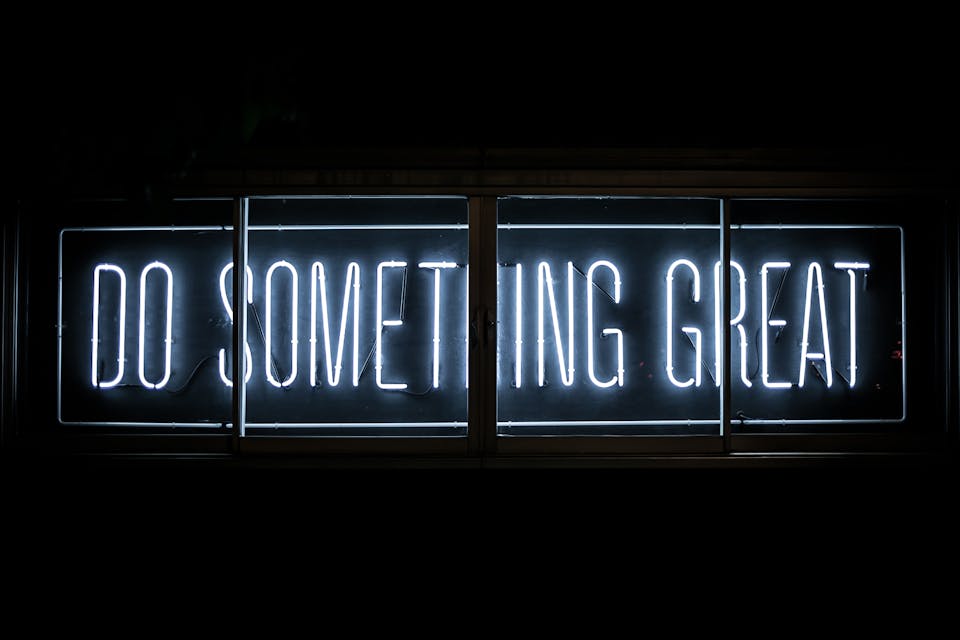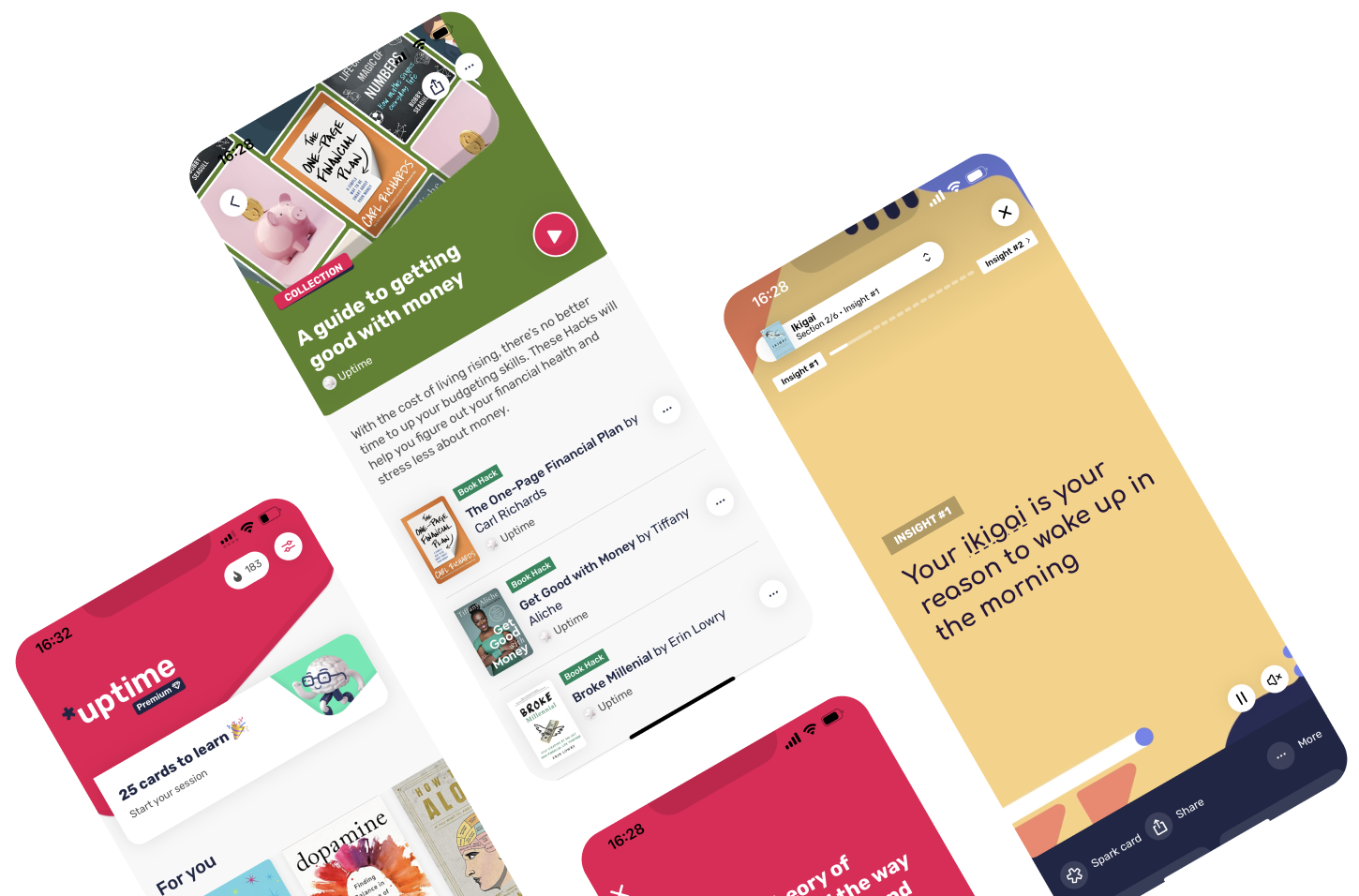August 23, 2021
How to Plan Your Week
Planning your week often comes down to doing whatever you can to make your life easier. If your to-do list only gets bigger as the weekdays slip by, we’ve gathered advice from top productivity coaches to help you become a master planner.

We all know the feeling: this is the week where you finally get everything sorted. You’ll finally repaint that second bedroom, you’ll send off your resume to your dream job, you’ll get through your staggering laundry pile, you might even get around to cleaning that strange stain on the carpet.
But next thing you know, it’s suddenly Friday again, and all you’ve done is managed to beat your high score on Tetris.
So just how can we grapple with our calendar and finally schedule for success?
Productive Prioritization: Tools to Build Your System - Brian Cervino
On Uptime
Sometimes, we don’t want to do things that we unfortunately have to do (arguably one of the main downsides of being an adult.) But luckily for us, Brian Cervino is here to outline how best to prioritize being productive, whether the task is something we want to do, or something we have to.
1. Get yourself some goals, and stick to them
Before you start anything, ask yourself one simple question: “What do I want to achieve?”
You should always have some form of goal that’s worth striving towards. These can be short-term or long-term, but they should always be present in your mind.
Writing down your goals can help you to visualise the bigger picture. You can then stick these notes on your fridge or on your bathroom mirror - essentially anywhere that you will see them daily and be reminded of them.
Achieving your goals will not always be a smooth process, but if you are passionate about them then it’s always worth striving for.
2. Smaller steps lead to more success
Have you ever looked at a task and felt intimidated even just at the sheer size of it?
Luckily, there’s a way around this. Cervino recommends breaking any large task down into smaller units or actionable steps.
Once you’ve done this, any steps that can be delegated, should be, so that you can focus on the chunkier parts.
The best way to action your steps is to make a to-do list that is no longer than 5 items, and ordered by priority (this is where a program like Google Sheets comes in handy). Any list that has more than five items on it can leave you feeling overwhelmed, so keep your stress levels low, and your to-do list achievable.
3. Cut yourself some slack
Time management is crucial, but you should also be kind to yourself. We all work at different speeds, and everyone has different times in the day that they work at their best.
If you’re a morning person, make sure you’re up nice and early so you can be efficient. If you’re a night owl, treat yourself to a lie-in, as long as you work through your productive evenings.
Manage your time according to you and your schedule. Don’t judge yourself on other people’s working habits.
Joy at Work: Organizing Your Professional Life - Marie Kondo & Scott Sonenshein
On Uptime
Joy at Work takes Marie Kondo’s famous ‘spark joy’ tips and applies them to your job - because high happiness and satisfaction levels at work are the key to leading a happy life.
1. Organize your workspace like you would your home space
A study in 2011 said that 90% of people identify clutter as a source of unhappiness and stress.
Just think about all of the time you waste searching through the mass of your mess looking for something in particular. So grab some dividers and a pot for your pens, and make your desk look brand new.
2. Is it useful?
When you’re organizing your office life, and deciding what to keep and what to get rid of, keep asking yourself if something is useful or not. You’ll be surprised how often you’ll realise that something has no use to you.
Everything you own should either provide a function or be something you really enjoy owning. If it doesn’t fulfil either of these, you don’t need it.
3. Digitally declutter
Who said only physical mess is an issue?
Okay, hands up, how many of you currently have 100+ unread junk emails loitering around in your inbox?
Trust us here, it’s much better when you’re no longer one of those people. Organize your inbox like you would your actual physical mail. If you don’t need it or don’t want it - get rid of it. If you do need it, neatly put it away in different labelled folders.
Meal Planning Masterclass - Felix Harder
On Uptime
Planning your week isn't just about sorting through your to-do list. To properly look after yourself long-term, you don't just have to look after your schedule; you can also make sure you're nourishing yourself with the right food week on week, rather than gorging on late-night (often costly) takeouts.
One of the most beneficial things we can properly plan is our diet. Here, fitness coach Felix Harder guides us through the meal planning process for any type of diet-based goal.
1. Calories in = Calories out
It’s one of the most basic and well-known formulas out there, but it’s still worth repeating.
If the energy we consume isn’t used immediately, our bodies store it for later use. Unfortunately for us, most of the calories we keep hold of are stored as body fat, which in turn leads to weight gain.
There are 3 types of calorie balances: a positive balance, a negative balance, and a neutral balance.
Put simply, if you have a positive balance, you’re taking in more than you need and you’ll gain weight. If you have a negative balance, you’re taking in less than you need and you’ll likely lose weight. And finally, if you have a neutral balance, you’re taking in the same amount that our bodies need and there will likely be no change in weight.
2. Protein powder isn’t magic
There are some people who think that drinking a protein powder shake will automatically turn you into John Cena. Unfortunately, it doesn’t quite work like that.
Harder points out that protein powders aren’t absolutely necessary if you want to gain muscle through strength training.
What they actually do though is make it slightly easier. If we were to use other protein sources, then we’d likely spend a huge amount of time preparing and eating high-protein meals, and this is time we don’t have to spare.
However, protein powder should not be used as a sole source of protein. The best way to utilise protein powder is by using it as a supplement. We should therefore avoid getting more than half of your protein from powders.
3. Gluten isn’t the devil
Unless you have an intolerance, there’s nothing wrong with gluten. It’s a naturally occurring composite of protein; therefore, it doesn’t need to be avoided.
A gluten-free diet offers no added advantages. In fact, some gluten-free alternatives are less nutritious as they tend to be low in protein and high in fat.
Therefore, when planning your diet, make sure you focus on creating a calorie deficit, rather than trying to avoid gluten.
Once your meals are planned and prepped, your tasks have been prioritised, and your space is free of clutter and mess, you can put effort into planning the things you really want to get done.
So whether you plan with a pen and paper or in an online app, make sure you’re setting out time for yourself so you can tackle what really matters.
To seize more knowledge on how to keep your life running smoothly - from managing your cash flow to handling your email inbox, check out our selection of productivity Knowledge Hacks on Uptime.
Recommended















